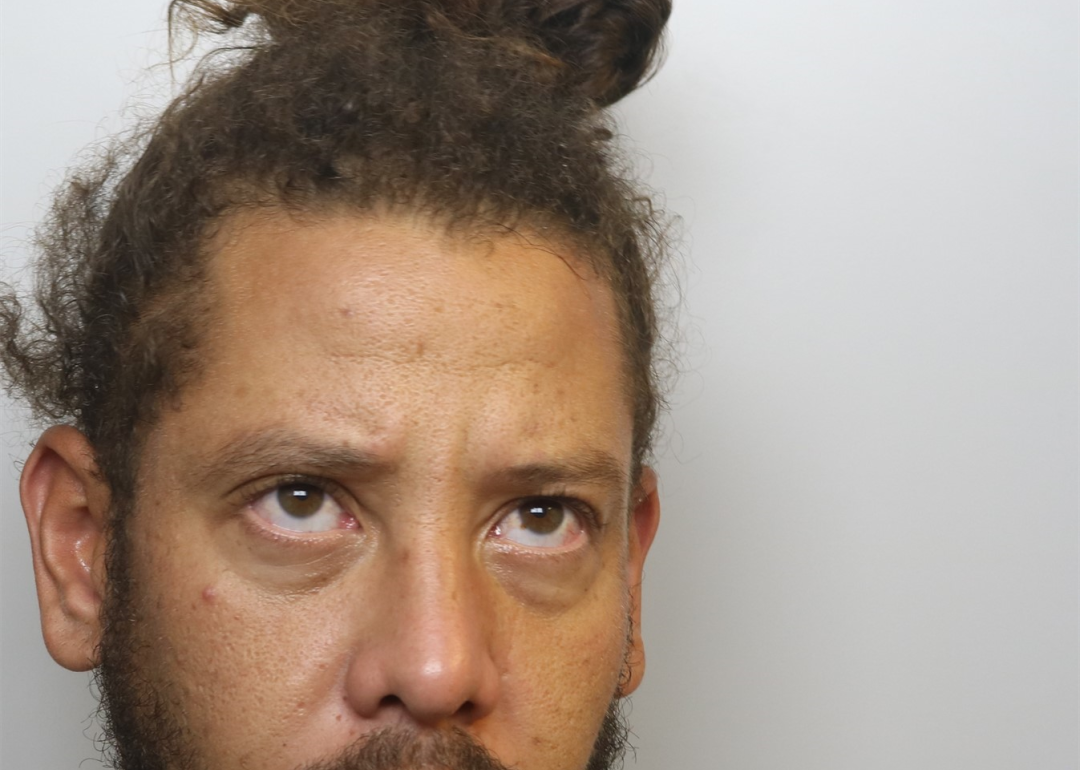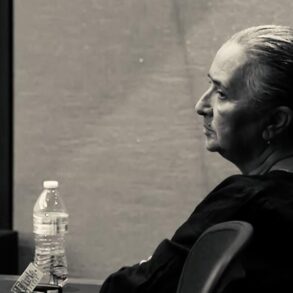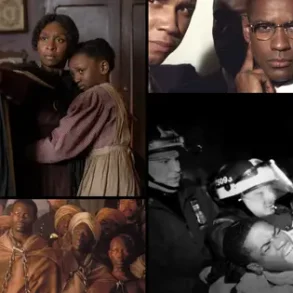The next day, there is still no sign of Thompson. It’s agreed that the prosecution case would begin without him. To speed up the process, witnesses won’t take to the stand to testify – instead the barrister would read out shortened versions of their statements.
Of course, in a rape case, the chief witness is the complainant. Katie’s interview with the police is played in the courtroom. We hear her recounting, in painful detail, the events of 1 September 2019.
Katie, then 18, was at a nightclub for her friend’s birthday. “It was only like the third time I’d ever been out,” she’d later tell me. In the early hours of a heavy jungle and drum and bass night, with the sambuca buzz wearing off, she decides to go home.
On her way out she meets Thompson in the smoking area. She’s not interested in him romantically, and definitely doesn’t want to have sex, but they get on well, and, at some point, they decide to go back to his for a smoke.
Katie recalls how a bouncer muttered, “Not another another one,” as Thompson walked her out.
He leads her through the tall iron gates to his apartment building and they sit in his car. Then, the mood changes. He’s going in for a kiss, and another. He’s not taking no for an answer, he pushes back her seat, ignores her screams – and rapes her.
Katie blacked out; the last thing she remembers is the light of a street lamp above.
Afterwards he pats her on the head and says, “good girl”. He insists on walking her home and Katie numbly agrees, later worrying if he did that to find out where she lived.

Later, when I speak to the investigating officer PC Bethan Doyle, she says Katie had a “strong case”. Her sister had taken her to The Bridge, a Sexual Assault Referral Centre, to get an examination, and the court was able to hear from the nurse’s records – the bruises, sores and scratches that matched Katie’s story.
Witness statements described how she dropped out of the engineering course she was enrolled in, her mental health deteriorated, she lost her self-esteem, and cut herself off from friends.
Pre-recorded evidence was a measure introduced to prevent victims from rehashing their trauma in open courts, years after the incident. But Katie still had to be present for cross examination.
When Katie takes the witness stand she’s behind a blue screen, designed to shield victims from their perpetrators view (though he still hasn’t turned up). The skin on her hands is peeling from stress-induced dermatitis.
Katie tells me how she remembers the defence barrister Ian Morrell’s questions: “So you drove home?” “Or did you walk?” “Did you send this message?” “Was it your right hand or your left hand?”
“The way he spoke to me, it just made me lose all my words,” Katie says. “My brain was hurting and I just burst into tears.”
Katie had a panic attack in the stand, the cross-examination was paused and the courtroom was cleared. “My barrister just told me to get on with it. You can tell the courthouse is a man’s world.”
She didn’t return to court again after that.
This post was originally published on this site be sure to check out more of their content.







